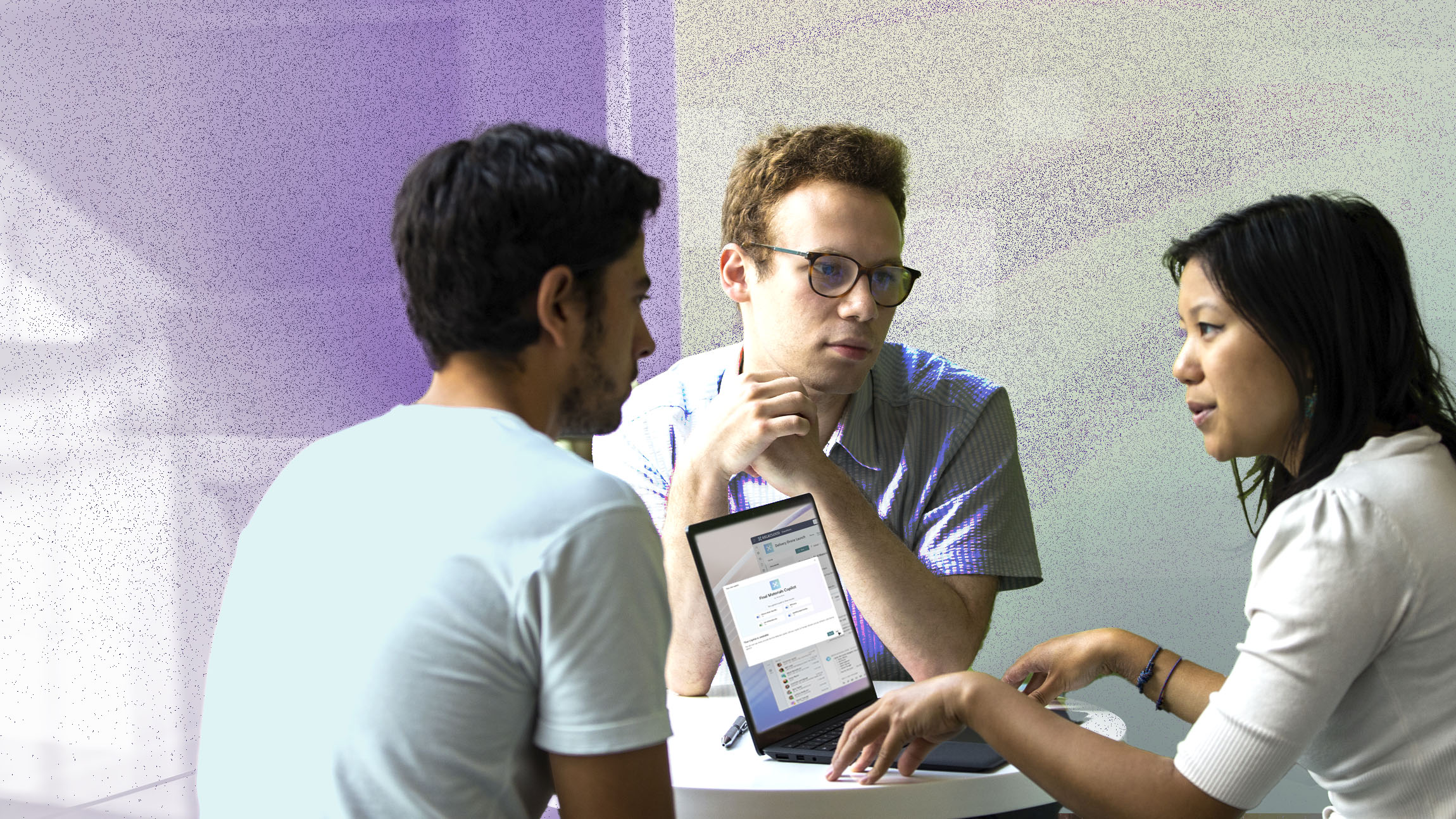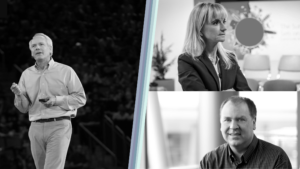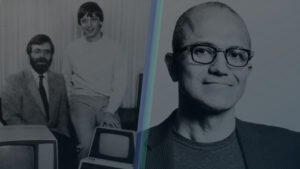The 2020s have been a tumultuous decade for employees globally. Starting with the COVID-19 pandemic that upended workplace norms and expectations in 2020, then quickly followed by the generative AI revolution in 2022, we’re living through a time of unprecedented workplace change. From hybrid, flexible work to the advent of generative AI tools like Microsoft 365 Copilot, forward-looking companies are seizing the moment to accelerate digital transformation like never before, with engaged employees using AI-powered tools to create a sustained competitive advantage in the marketplace.
Employee engagement is a global challenge
Long before the COVID-19 pandemic, the experts at Gallup saw that employee engagement—defined as the involvement and enthusiasm of employees in their work and workplace—was extremely low. In fact, in 2009 only 12% of employees globally indicated that they were engaged at work. While that number steadily improved over the next 15 years, by 2024 only 21% of employees globally indicated they were engaged in their workplace. (Gallup, 2025)
Interestingly, the numbers are not uniform globally. At one end of the spectrum, in the United States, Canada, Latin America, and the Caribbean, 31% of employees indicate they are engaged in work. At the other end of the spectrum, only 13% of European workers indicate they are engaged. (Gallup, 2025)
No matter where a region falls on this spectrum, it’s not very promising for companies who want to attract, retain, and develop the best employees. Data indicates that engaged employees are one of the best predictors of economic success:
9%
the equivalent in global GDP that could be added to the global economy
(Gallup, 2025)
23%
of businesses have greater profitability when employees are highly engaged
(Gallup, 2020)
In Microsoft Digital, the company’s IT organization, and across all of Microsoft, our goal is to ensure our employees feel engaged at work, by providing the digital tools, access to information, and personal connections that enable them to live our culture no matter where they are in the world.
AI is fundamentally changing the world of work
While hybrid work created new challenges for employee engagement, generative AI tools have created unprecedented opportunities to increase employee productivity and positively impact engagement in the workplace.
Each year, the team at Microsoft WorkLab generates a report called the “Work Trends Index.” This annual survey of over 20,000 knowledge workers globally illuminates challenges and opportunities as companies pursue strategies to harness the power of AI in the enterprise.
A few data points from past surveys that are particularly resonant:
86%
of knowledge workers indicate that “finding information and answers” is their top use case for AI in the enterprise.
(Microsoft, 2023)
75%
of global knowledge workers are using AI at work; 46% of those workers started using it in the last six months.
(Microsoft, LinkedIn, 2024)
68%
of employees report that they’re struggling with the pace and volume of work, and 46% of them report feeling burned out.
(Microsoft, 2023)
Aligned to these insights, digital leaders need to consider three things:

Enterprise AI solutions like Microsoft 365 Copilot are optimized to help employees discover enterprise knowledge that was previously hidden in various SharePoint libraries, Teams Channels, and OneDrive for business repositories. Copilot can reason across your entire Microsoft 365 estate instantly to help employees find the information, answers, and connections needed to quickly address business opportunities and challenges.

While employees are starting to actively use generative AI at work, if they don’t have access to a solution that’s grounded and secured in your enterprise data, your confidential or proprietary data could be at risk. This is especially true when you consider that most employees are new to this and may not have the training or knowledge necessary to navigate the risks of AI in the enterprise.

Burned out employees are not engaged employees. AI-powered solutions like Microsoft 365 Copilot make it easy for employees to reason across their Outlook inbox, Teams Channels and Groups, Viva Engage posts and more, to quickly identify the information that’s important to them. While the volume of activity in the enterprise will likely only increase, the ability to manage information more effectively is now in the hands of employees – especially those who are trained to effectively harness AI.
How has Microsoft adapted?
Times of change demand strong vision and action, and Microsoft emerged from the COVID-19 pandemic stronger than ever. Reflecting on that success, Microsoft Chief Human Resources Officer Amy Coleman enumerated several reasons. Among them:
- A strong corporate culture that helped to counteract chaos.
- A focus on management excellence.
- An inclusive work environment that enables all employees to thrive.
- And critically—a recognition that the digital employee experience is as important as the in-person experience.
Prior to the pandemic, the digital employee experience wouldn’t have been high on the list of key enablers for many executives. After witnessing the power and flexibility of our digital tools during the pandemic to keep our employees connected, productive, and thriving, it became clear to us that a modernized digital employee experience had to become a key tenet of our hybrid workplace strategy.
Formula for success

Right as we found our footing post-pandemic, the next big disruptor landed: generative AI and our industry leading productivity tool, Microsoft 365 Copilot. The digital employee experience, enhanced by the power of AI, is now more important than ever. As we in the company’s IT organization look to the next decade of employee productivity and enterprise growth, our formula for success is simple:
- Create a physical and digital environment where our employees are engaged, energized, empowered, and invested in their work.
- Continue to give our employees the very best productivity tools in the world, powered by Microsoft 365 and made exponentially more powerful by AI-powered tools like Copilot.
- Combining these forces leads to facilitate a high-performance work culture, enabling us to achieve sustainable business outcomes while generating a sustained competitive advantage in the marketplace.
Your company can use the same formula to achieve the same competitive advantage. At Microsoft, we make that vision real by focusing on the three critical dimensions of the employee experience: digital capabilities, physical spaces and facilities, and culture.
Focusing on our employee experience

Digital capabilities
We keep employees productive and out environment safe and secure, no matter where employees are or how they connect. AI is defragmenting the employee experience.

Physical spaces
We partner with Global Workplace Services to imagine & deploy capabilities that support an inclusive approach to hybrid productivity.
Culture
A strong partnership with HR ensures our digital employee experience enables our aspirational culture, regardless of an employee’s physical location.
Digital capabilities
In Microsoft Digital, our mission is to power, protect and transform the digital employee experience across devices, applications, and hybrid infrastructure. Simplifying the employee experience has long been a goal of our team. We want Microsoft employees to be the most engaged, efficient, and productive in the industry.
Our vision is to revolutionize the employee experience at Microsoft, using Microsoft 365 Copilot and agents to “defragment” the many tools, websites, and applications Microsoft employees need to interact with to complete their jobs. By using Copilot as our “UI for AI”, Microsoft Digital is using Copilot to:
- Providing contextual support in the flow of work.
- Reducing the number of sites and apps an employee must remember.
- Enabling seamless collaboration globally.
In addition to AI, our team here in Microsoft Digital continues to accelerate collaboration through enhancements to Microsoft Teams and Teams Rooms, enables employee innovation with the Power Platform, and delivers a world-class employee experience powered by Microsoft Viva. Read on to learn how.
Accelerating productivity with Microsoft 365 Copilot
Engage with our experts!
Customers or Microsoft account team representatives from Fortune 500 companies are welcome to request a virtual engagement on this topic with experts from our Microsoft Digital team.
Microsoft 365 Copilot combines the power of large language models (LLMs) with your organization’s data to turn your employees’ words into some of the most powerful productivity tools on the planet—all within the flow of work. It works alongside the Microsoft 365 apps people use every day, including Word, Excel, PowerPoint, Outlook, Teams, and more, to provide real-time intelligent assistance.
At Microsoft, we began deploying Copilot to our own employees back in November of 2023, and by March of 2024 all our employees and vendors globally had access, making Microsoft the first enterprise to deploy Copilot at global enterprise scale.
A key lesson we’ve learned is that enterprise AI is a significant cultural and technological change that shouldn’t be underestimated. Consider that knowledge workers have been trained to interact with systems and data using the graphical user interface for over 40 years. The magic of Copilot is that it upends that human-computer interaction paradigm, bringing the power of natural language interaction to employees to find information or answers, to augment their creativity, or to accelerate workflows.
But those skills are new for nearly every employee on the planet, which is why you need to focus on skilling and reinforcement to help employees to maximize the potential value of generative AI in the enterprise. Help your employees to jumpstart their skilling journey by carefully selecting training paths—both virtual and instructor-led—to accelerate their productivity journey with Copilot. Microsoft offers some great free training programs to help your employees build the skills necessary to maximize the value of Copilot.
Prior to deploying Copilot in your environment, consider these lessons from our experience:
Start with your biggest pain points. Talk to your employees in different roles to identify their day-to-day pain points, then consider how AI could help.
Measure the before and after for processes that you’ve reimagined with Copilot. By doing this, you’ll be able to articulate the value of Copilot in enhancing employee productivity. If the value isn’t what you were hoping for, up your investment in skilling and partner with your role leaders to reimagine their daily workflows using AI to eliminate toil and improve arduous processes.
Governance matters. Copilot is grounded in your enterprise data. If you don’t properly secure it through Data Sensitivity labeling, rights management services, and file permissions, you might overexpose sensitive data in your environment. Help your employees understand why it’s important to protect your sensitive information and train them to utilize these tools effectively.
Find your champions. At Microsoft, a grass-roots community of nearly 10,000 Copilot champions, has been an incredible force multiplier for our global change management and adoption efforts. Find your champions and empower them—they’ll provide the energy and enthusiasm that the rest of the company will need to embrace a new way of working.
Give your employees permission to “build the AI habit.” Our research shows that using Copilot-powered actions just three times per week over a period of 7-8 weeks is enough for employees to build the habit and start to see significant productivity gains. Encourage them to use AI and to share their favorite prompts with their teammates. Having leaders model these behaviors at the will also help to inspire front line employees.
In Microsoft Digital, we’ve developed a six-step process for unlocking the value of Microsoft 365 Copilot based on these lessons that you can apply in your own enterprise. Being deliberate as you deploy, understanding employee pain points, measuring the before and after, and focusing on the developing of AI skills, you can accelerate and prove the value of Copilot in your environment, as well as recapture value so you can pursue new business opportunities or challenges.
Empowering our employees with agents and Copilot Studio
In Microsoft Digital, we are embracing our agentic future, where agents will make our employees, as well as the millions of employees who rely on Microsoft 365 globally, more productive every day.
For example, our Employee Self-Service (ESS) agents have already demonstrated the power of agents to simplify and improve the employee experience at Microsoft.
- Using ESS, employees were 36% more likely to solve their own IT support issues.
- Similarly, employees were 42% more likely to answer their own HR questions.
- Employees were 18% more satisfied using ESS to address their issues than traditional support methods.
As we continue our journey with AI-powered agents, we’ve adopted a maturity model for AI deployment in the enterprise. Early phases focus on using Microsoft 365 Copilot, grounded in enterprise data, to enhance knowledge discovery and retrieval. Later phases enable employees to act on that knowledge and even fully automate business workflows.
Phases of maturity

Each step on our agentic journey marks a significant leap forward in capability, with both opportunities and risks for our leaders.
Employee learning and skilling are key to unlocking the value in each phase of agentic maturity.
- Foundational capabilities. The first and most important step is to deploy a secure, enterprise-ready AI-powered like Copilot for Microsoft 365 that’s grounded in your enterprise data. Becoming accustomed to AI in the enterprise and learning how to prompt AI for effective results is the key to unlocking value in later phases.
- Retrieval agents. Employees use low-code solutions like Copilot Studio Agent Builder or ready-made agents in SharePoint to quickly train models and retrieve knowledge for specialized scenarios.
- Knowledge and actions. Powered by built-in connectors in Copilot Studio, agents go beyond simple knowledge retrieval, offering next steps and actions that help employees to defragment their day-to-day employee experience.
- Workflow reinvention. Human-led, agent operated teams perform fully autonomous actions to complete end-to-end workflows, enabling employees to focus on the highest value work while agents take care of repetitive tasks.
Emerging industry standards and open protocols including Model Context Protocol (MCP), Agent2Agent (A2A) protocol, and NLWeb are enabling an agentic powered future where human-led, agent operated teams will take employee productivity to new heights.
We’re making progress on each type of agent here at Microsoft:
- Microsoft was the first company in the world to deploy Microsoft 365 Copilot at enterprise scale. Every employee at Microsoft now has an AI-powered assistant to enhance their productivity.
- Every employee at Microsoft also has the tools and support to build simple Retrieval agents that are trained using knowledge stored in SharePoint, Teams, or OneDrive for Business.
- Our engineering teams are using Copilot Studio to create Agents that can retrieve information then act on it, using built-in connectors in Copilot Studio to enable actions.
- And with the advent of new industry protocols, we’re just beginning to enable fully autonomous end-to-end workflows powered by Agents.
Hybrid AI-powered meetings with Microsoft Teams
Microsoft Teams benefits from Copilot integration as well, enabling users to quickly recap, identify follow-up tasks, create agendas, or ask questions for more effective and focused meetings. Intelligent Recap in Teams Premium can summarize key takeaways, help employees see what they’ve missed, and even pinpoint key people of interest in chats.
We’re continuing to retrofit conference rooms to utilize the latest Microsoft Teams Rooms features and capabilities, and we’ll keep partnering with the Microsoft Teams product group to push the envelope with innovative new capabilities that take advantage of investments in hardware, software, and physical space to create immersive and inclusive environments. Our goal is to improve our current meeting rooms at a global scale while selectively deploying high-end rooms in targeted locations based on need. In that way, we’ll modernize the experience for all our employees while also delivering maximum value to Microsoft.
Empowering our citizen developers
While we have thousands of highly skilled developers and engineers at Microsoft, we also have many more employees who are not engineers by trade, but who contribute to business success as citizen developers using the Microsoft Power Platform.
Citizen developers use no-code/low-code solutions to accelerate digital transformation of their workstreams. At Microsoft, the technologies that comprise the Microsoft Power Platform empower anyone in the company to transform our employee experience. After all, who’s the person most likely to identify a process that could benefit from automation, or most likely to need to collect, visualize, and analyze data? It’s not normally someone in a central IT team—it’s the employee who is closest to the problem or opportunity.
The Microsoft Power Platform—as shown in this companion infographic—is comprised of four distinct capabilities that have made Microsoft more agile and productive than ever before. Each tool is easy to learn and allows your team to accelerate digital transformation from the front lines of your workforce, empowering your employees and fueling innovation.

Microsoft Power BI
A collection of software services, apps and connectors that work together to turn your unrelated data into coherent, visually immersive, and interactive insights.
Power BI lets you easily connect to your data sources, visualize, and discover what’s important, and share that with anyone or everyone you want.
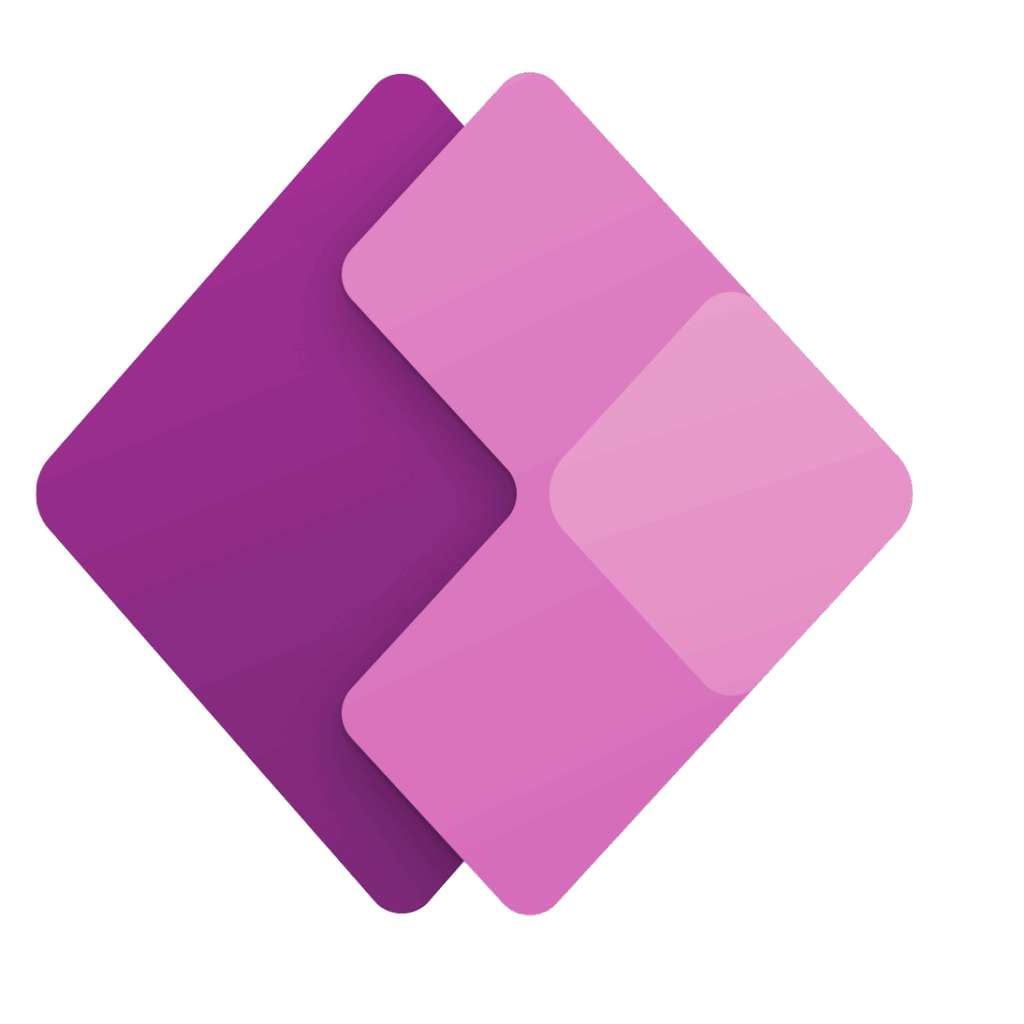
Microsoft Power Apps
A suite of apps, services, and connectors that provides a rapid development environment to build custom apps for your business needs.
With Power Apps, you can quickly build custom business apps that connect to your data stored either in the underlying data platform (Microsoft Dataverse) or in various online and on-premises data sources (such as SharePoint, Microsoft 365, Dynamics 365. or SQL Server)
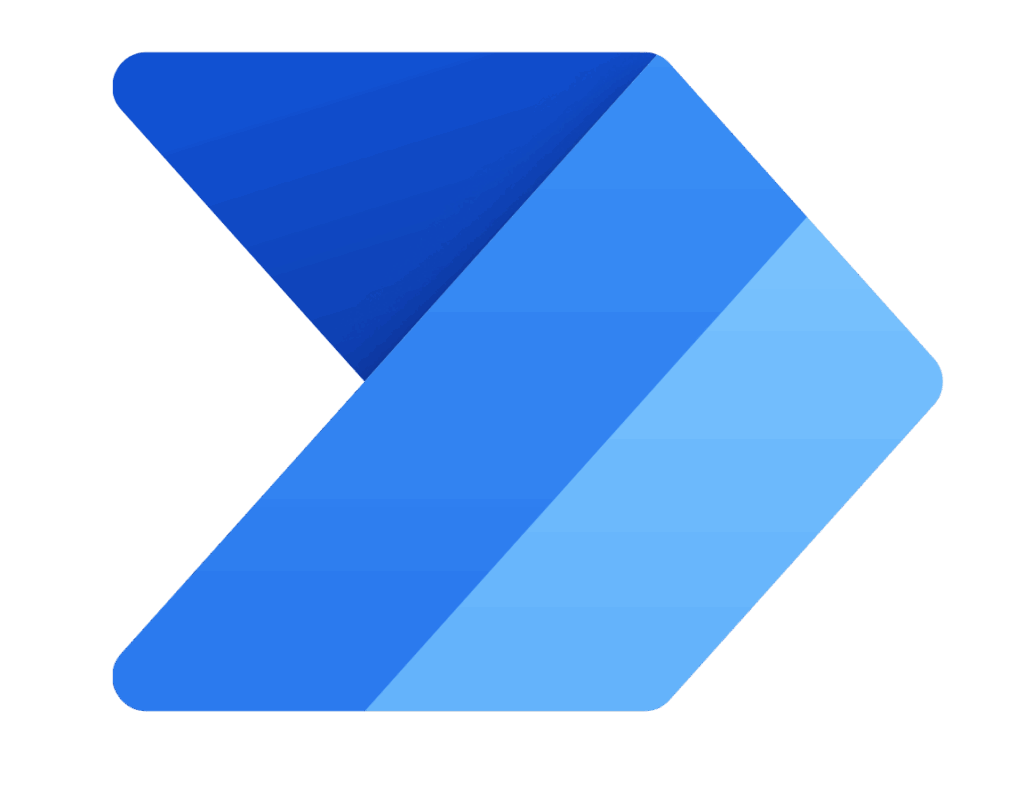
Microsoft Power Automate
Enables you to automate business processes quickly and easily, with support for over 500 data sources or using any publicly available API.
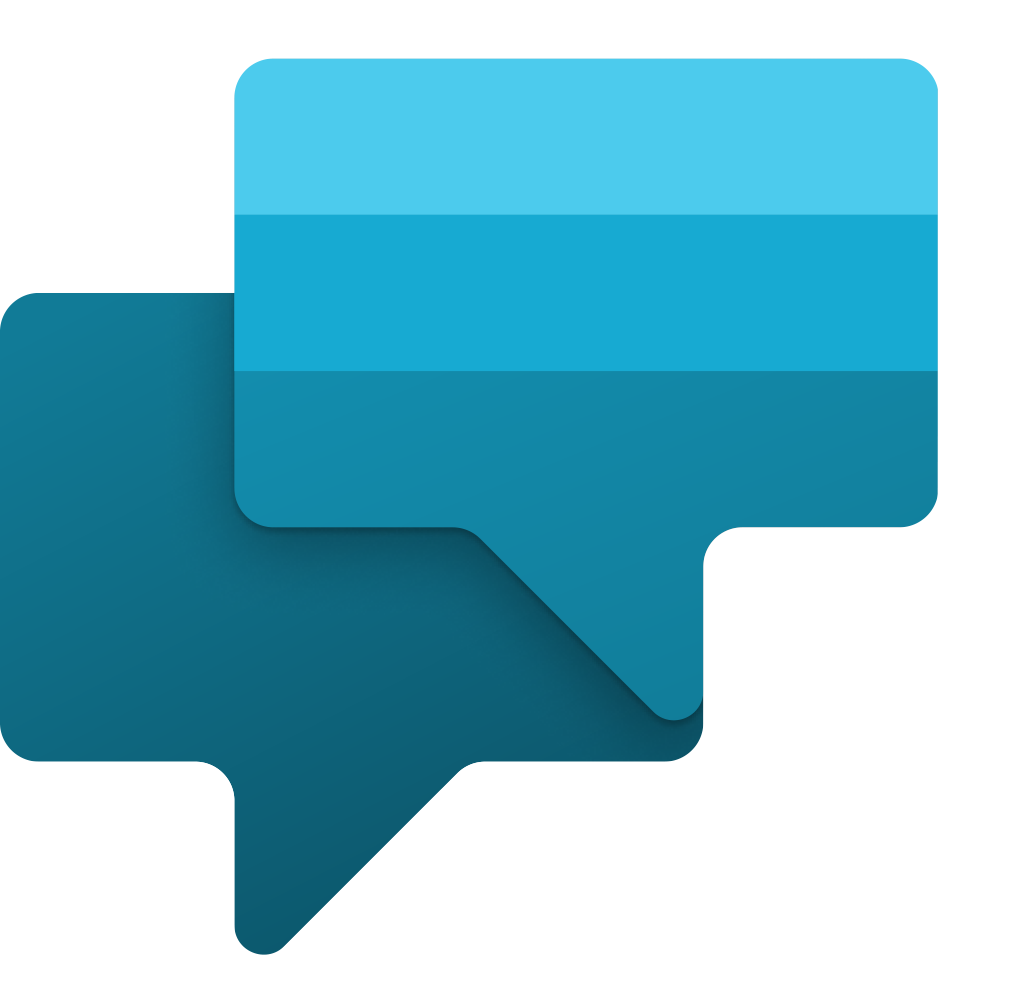
Microsoft Virtual Agents
Lets you create powerful chatbots that can answer questions posed by your customers, other employees, or visitors to your website or service.
Physical spaces and facilities
Having the best digital experiences means very little if you don’t have the right physical space or hardware to maximize potential for your employees to collaborate when they’re in the office.
For us, Microsoft Global Workplace Services (GWS) and our Microsoft Digital team represent the company’s “front door.” The first impression employees and visitors have when they walk into Microsoft is the physical environment and the technology they interact with, and we want their experience to be amazing.
While Commercial Real Estate (CRE) leaders and digital transformation leaders see things through different lenses, when both functions are aligned on vision with shared priorities and implementation, accelerated transformation of the employee experience is possible. A few examples of the work we’ve done with our counterparts in GWS to enable new experiences include:
- The lobby check-in experience is literally the first impression an employee or visitor has when they visit a Microsoft facility. Working together, we built an amazing new guest management system, with streamlined check-in and optimized check-out procedures to help employees or visitors quickly get to their next destination.
- Through our Microsoft employee mobile app, we’re enabling several new capabilities in conjunction with GWS, including the ability to order ahead at Microsoft cafeterias, find a parking spot, or book a conference room or workspace.
- With Microsoft Azure Digital Twins and IoT connected devices, we’re powering smart buildings at Microsoft.
None of these capabilities would have been possible without a strong partnership with our real estate colleagues in GWS, supported by a shared vision of our employee experience. By reimagining the physical and virtual spaces at Microsoft, we’re laying a foundation for innovation that will help our employees thrive in the hybrid workplace.
Culture
When Satya Nadella became CEO of Microsoft in 2014, he made lasting and powerful changes to our company culture. Our early culture was extremely competitive, and people often succeeded by showcasing their own individual work and achievements. Under Nadella’s leadership, Microsoft has undergone significant change, starting at the top. He instilled in us that, to stay relevant, we needed to find the courage to change our culture and embrace a growth mindset.
“Achieving our mission requires us to evolve our culture and it all starts with a growth mindset—a passion to learn and bring our best every day to make a bigger difference in the world.”
Satya Nadella, Microsoft CEO

Attributes of our aspirational culture include:
- Embracing learning and curiosity. Instead of being “know-it-alls” we need to be “learn-it-alls.”
- Trying new things and not being afraid to fail.
- Obsessing over what matters to our customers.
- Being diverse and inclusive in everything we do.
- Operating as “One Microsoft”.
- Making a difference in the lives of each other, our customers, and the world around us.
Satya made it clear that our aspire-to culture was key to our future business success, and the ensuing decade was one of the most successful in the history of Microsoft.
But how do you bring culture to life digitally, especially in a global company that has embraced hybrid work? The answer was to build an employee experience platform that allowed our employees to live our culture, no matter where they were in the world.
Supercharging our culture with Microsoft Viva
The Microsoft Viva Suite delivers an integrated employee experience platform that empowers people and teams to thrive by bringing together communications, knowledge, learning, goals, and insights directly into the flow of work. Built on Microsoft 365 and Microsoft Teams, Viva helps organizations foster a culture of engagement and performance by providing personalized, data-driven experiences that support employee well-being, growth, and productivity. Viva enables leaders to align business outcomes with employee success, making it a strategic investment in both people and performance.
The various modules and capabilities in the Viva Suite enable Microsoft employees to experience and participate in our culture digitally. Each module supports different dimensions of Microsoft’s “aspire-to” culture, with the Viva Suite collectively serving as the underpinning of our shift to growth mindset.
The Viva Suite is comprised of numerous modules, including:

Delivers a secure, customizable gateway to internal communications and resources, seamlessly integrated into Microsoft Teams to enhance employee engagement without adding new infrastructure.

Provides privacy-protected, data-driven insights that help improve productivity and well-being while ensuring compliance with organizational and regulatory standards.

Centralizes learning content from Microsoft, LinkedIn, and third-party providers into Teams, simplifying deployment and governance of upskilling initiatives.

Empowers corporate communicators to manage multi-channel campaigns with analytics and targeting, all within the Microsoft 365 compliance boundary.

Fosters community and connection through social experiences in Teams, with enterprise-grade compliance and identity management built in.

Enables managers to gather real-time team feedback securely, with built-in templates and analytics that respect data privacy and organizational policies.
Each of these tools helps to bring our culture to life while simultaneously providing our employees with best-in-class, AI-enhanced tools that foster and enhance collaboration in the enterprise.
Adopting new employee experiences
An often-overlooked aspect of digital transformation is the need for consistent and principled change managementto ensure your employees realize the value of the investments you make in their experience. In Microsoft Digital, we’ve learned that even the most useful, intuitive technologies will not see widespread adoption and usage without a deliberate and sustained change management effort.
Our Microsoft Digital organization is fortunate to have a global team of change management practitioners to help ensure that our employees benefit from the value of our innovations. We’ve learned that effective change management requires careful planning, and localized change efforts are crucial to maximizing the impact of our digital investments. Our change management efforts take inspiration from the Microsoft 365 Adoption Framework as well as Prosci’s ADKAR model, which progresses through awareness, desire, knowledge, ability, and reinforcement.
As you’re considering your approach to change in this era of AI and hybrid work, we suggest reviewing our Copilot deployment and adoption guide, which details our learnings in four chapters with useful checklists and best practices you can apply in your own enterprise. Microsoft also publishes free courseware to develop your skills as a service adoption specialist. This is a great way to develop the skills your team will need to unlock the value AI in the hybrid workplace – or any other digital investment.
Thriving in an AI-powered hybrid world
The world of work has changed dramatically with the advent of hybrid work and generative AI.
Hybrid work is more than a change in technology—it’s a change in mindset, a change in culture, and a change in the way you think about physical and virtual spaces to enable an inclusive and productive environment for all. The change isn’t easy, but it’s worth it. If you make the time to do it right, your employees will be more engaged, more productive, and more connected, even when they’re oceans apart.
Copilot and agentic AI have the potential to unlock creativity, productivity, and effectiveness like never before. Be bold in embracing AI in the workplace, so your employees have the tools they need to stay ahead of your competition. Focus on skilling and learning to ensure your employees are getting value from AI-powered tools.
The future of work will continue to evolve, and we’ll all learn along the way. As we continue our journey, we’ll keep you updated on our progress and learnings in Microsoft Digital as we continue to create the future of hybrid work, powered by AI.
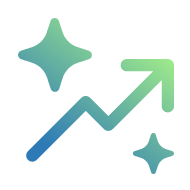
Key takeaways
Here are some tips for transforming your employee experience:
- Focusing on the three critical elements of your employee experience—digital capabilities, facilities, and organizational culture—will enable your hybrid organization to thrive.
- Empowering “citizen developers” with the Microsoft Power Platform can supercharge enterprise productivity.
- Ensuring effective change management will accelerate value from your investments in AI-powered digital transformation.
- Automating tasks with agents will unlock employee productivity, allowing you to expand operations and take on new challenges.
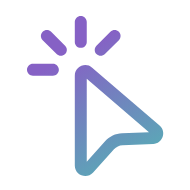
Try it out
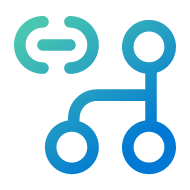
Related links

We’d like to hear from you!

